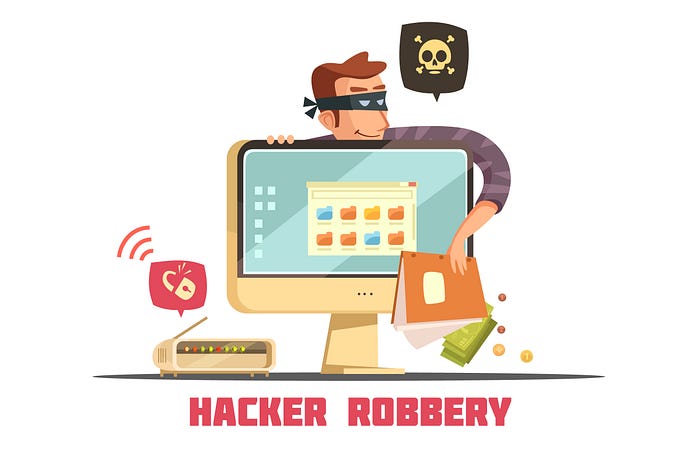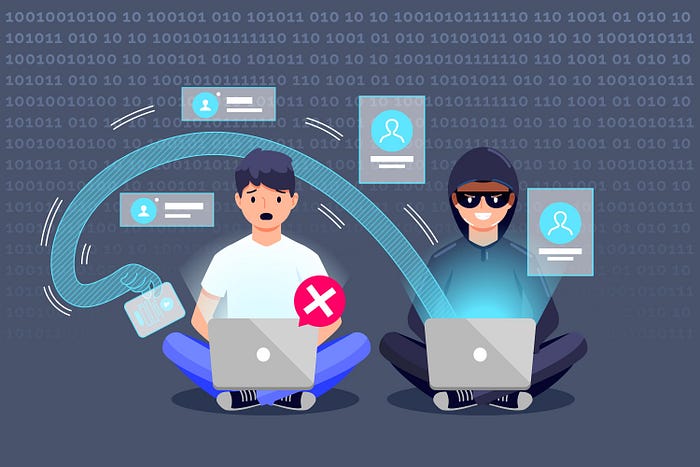Introduction: Classrooms have gone digital, but behind the glowing screens and smart boards lies a silent threat. Every click, every login, and every connected device in a school network is a potential doorway for cybercriminals. While educators focus on shaping young minds, hackers are quietly exploiting outdated systems, weak passwords, and untrained staff. The result? Schools have become the perfect target — rich in data, poor in protection, and dangerously unaware of the lessons they need most.
This article explores the rising tide of cybersecurity threats within schools institutions entrusted with protecting society's most vulnerable users and why urgent action is needed to secure the next generation of digital learners.
A Firsthand Look: Inside the Digital Halls of Education:
Working within a school's IT support environment offers an eye-opening view of how technology now underpins every aspect of education. Laptops hum in classrooms, cloud systems handle assignments, and student records flow across interconnected networks. Yet, beneath this digital transformation lies a fragile foundation a patchwork of outdated systems and inconsistent practices that leave schools dangerously exposed.
Unlike corporations, most schools operate on limited budgets and lean technical teams. As a result, cybersecurity is often treated as an afterthought rather than an essential investment.

The Hidden Vulnerability: Why Schools Are Prime Targets:
Cybercriminals are strategic and schools are the perfect blend of high-value data and low defenses. A single breach can expose personal details of students, families, and staff, including medical histories and financial records. In many institutions, a free antivirus tool and basic password policy are the only lines of defense.
Some notable real-world cases reveal how dire the consequences can be:
- Newcastle Grammar School faced a ransomware attack demanding over $1 million in cryptocurrency.
- Tasmanian Education Department suffered a massive leak exposing student information on the dark web.
- Mount Lilydale Mercy College had hundreds of parents' credit card details compromised.
- Los Angeles Unified School District (USA) saw hackers publish mental health records of students online.
Each of these incidents underscores a sobering reality: schools are not just educational institutions they are data vaults.

The Cost of Neglect: Beyond IT Disruption:
A cybersecurity incident in a school extends far beyond technical recovery. It shatters community trust, interrupts learning, and places enormous psychological stress on teachers and families. In today's interconnected world, one infected device can compromise hundreds within hours turning a minor oversight into a system-wide catastrophe.

Bridging the Gap: A Call to Secure Our Schools
To combat these threats, schools must evolve from passive users of technology to proactive guardians of digital safety. Here are key steps forward:
- Strengthen Infrastructure Implement multi-layered defenses including firewalls, endpoint protection, and network monitoring.
- Train Educators and Students Regular cyber-awareness sessions reduce human error, the number one cause of breaches.
- Adopt Strong Access Controls Enforce MFA and password rotation policies across staff and student accounts.
- Perform Routine Security Audits Detect vulnerabilities early before attackers do.
- Collaborate with Experts Partner with cybersecurity consultants for periodic assessments and response planning.

The Human Element: Turning Awareness into Culture
Technology can only do so much real change begins with people. Teachers, students, and administrators must see cybersecurity as a shared responsibility. Integrating short, engaging awareness campaigns into the school calendar (e.g., "Phishing of the Month" posters or "Spot the Scam" challenges) can normalize good cyber hygiene across the community.

Conclusion: The Lesson Schools Can't Afford to Ignore
Cybersecurity in education isn't a luxury it's a moral duty. The same systems that empower learning can also endanger it if left unguarded. Schools must not wait for a breach to take action. The cost of prevention will always be less than the cost of recovery both financially and emotionally.
The future of education depends on how well we protect it today. Because in the digital age, even the most innocent classroom can become a hacker's playground.
Editor's Note: A Reflection from the Field Through firsthand experience within the education sector, I've witnessed how closely technology and cybersecurity are intertwined. This perspective has reshaped how I view digital learning reminding me that safeguarding schools isn't just about securing systems, but about protecting futures. My hope is that this article encourages educators and decision-makers to see cybersecurity not as a technical barrier, but as a foundation for safer, smarter learning.
Best Regards,
Aafiya Irfan
Cybersecurity Professional & Cyber Awareness Educator
